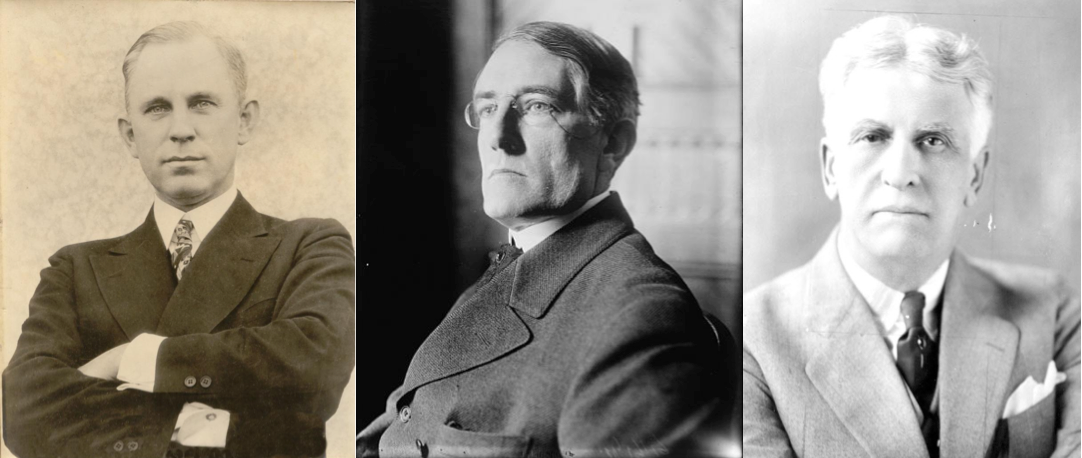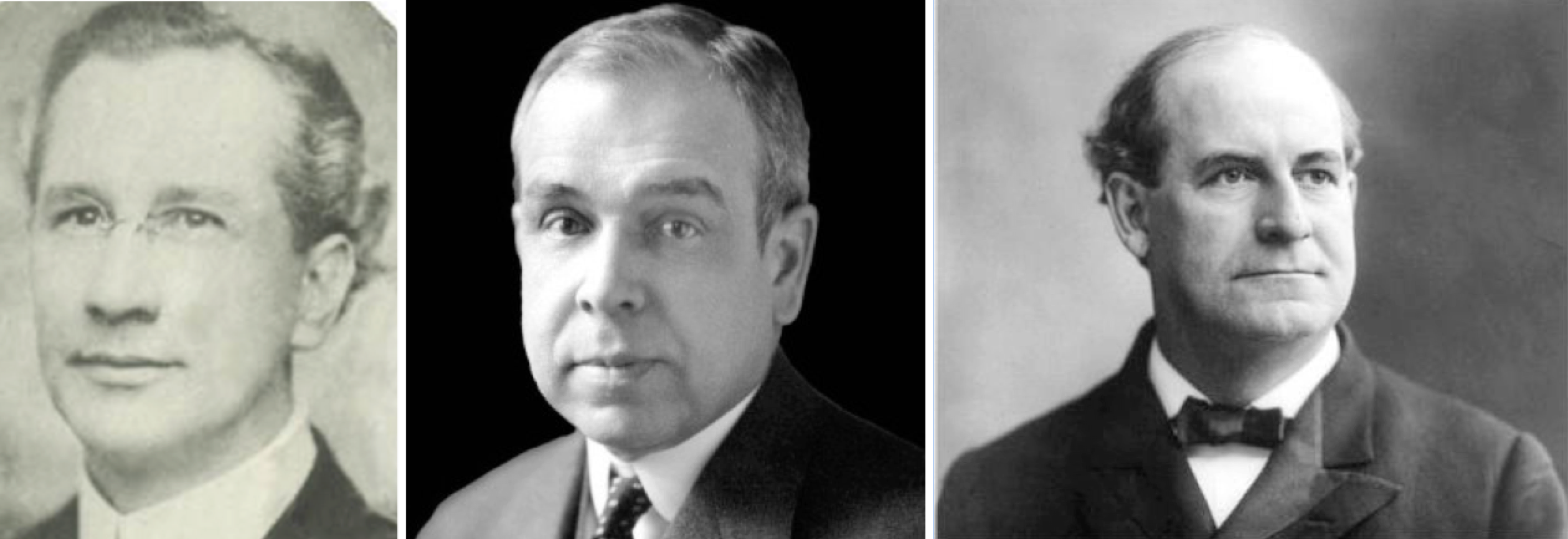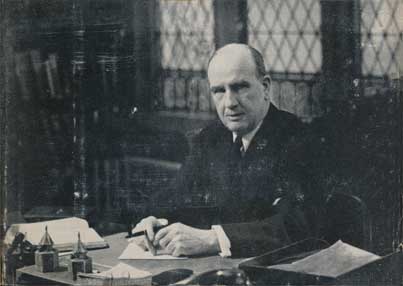In John Fea’s excellent article on American Protestant Fundamentalism in the 20th century (posted here), he made the point that not all fundamentalists are the same. He identified four distinct phases as the movement developed and divided: (1) an irenic phase (1893–1919); (2) a militant phase (1920–1936); (3) a divisive phase (1941–1960); and (4) a separatist phase (1960 to the present)
One of the ways to see the diversity and the commonality between the influencers of fundamentalism is through a biographical approach. This is what C. Allyn Russell (then professor of religion at Boston University) did in his book, Voices of American Fundamentalism: Seven Biographical Studies (Philadelphia: Westminster Press, 1976). Russell’s more progressive biases show through, and he is not very sophisticated in his analysis of the doctrine of Scripture, but this is by and large a fair treatment, and probably the best way to get the life stories of his subjects apart from reading biographies or monographs on them.
Russell provided 25– 30-page biographies of each of the following men (with his labels), born in the latter half of the nineteenth century and influential into the first half of the twentieth century:
- J. Frank Norris, Violent Fundamentalist (1877–1952)
- John Roach Straton, Accusative Fundamentalist (1875–1929)
- William Bell Riley, Organizational Fundamentalist (1861–1947)
- J. C. Massee, Moderate Fundamentalist (1871–1965)
- Gresham Machen, Scholarly Fundamentalist (1881–1937)
- William Jennings Bryan, Statesman-Fundamentalist (1860–1925)
- Clarence E. Macartney, Preacher-Fundamentalist (1879–1957)
Russell writes, “Despite some common denominators in belief and life-style, there are noticeable contrasts and differences among the seven subjects of this study.” His enumeration of their differences provides a salutary reminder that though the term “fundamentalist” may function as a legitimate historical label for a spectrum of Christians, not all fundamentalists had the same temperament, details in their theology, or lifestyle:
One leader shot and killed an unarmed man in his own study; another was the epitome of propriety, wearing his Geneva pulpit robe even in his coffin.
In the battle against Liberalism, some of these fundamentalists left their denominations in angry protest, while others remained stubbornly faithful to their churchly ties.
Some welcomed the title “fundamentalist”; others sought to be disassociated from the term.
Most affirmed their belief in the verbal inerrancy of the Scriptures, although one believed that the Bible was infallible in its purposes but declined to use the word “inerrant.”
Millenarian interpretations varied widely among these leaders. Four came to a millenarian or premillennialist position, while the remaining three inclined toward other views.
All believed in the doctrine of original sin, yet one constantly taught that mankind deserves to be trusted and that the heart of mankind is basically sound.
Some would admit to the table of Communion only those who had been baptized by immersion, while another, and a Baptist at that, would welcome all persons to the Lord’s Supper, including non-Christians.
Several of these seven were outspoken in their criticism of the Roman Catholic Church; one declined to criticize Catholicism publicly; and another, after early criticism of Catholicism, was received by the pope, in personal audience, at Vatican City.
Several were ardently opposed to granting women further “rights” in church and society, while one was a strong proponent of women’s suffrage, believing that when it became a reality, it would lead to the outlawing of both war and the legalization of intoxicating beverages.
It may be surprising to those who hold preconceived notions about the social attitudes of the fundamentalists that one of these spokesmen declined to support the cause of prohibition, and on the subject of smoking he sometimes expressed regret that he had never taken up the practice because he regarded it as an aid to friendship and Christian patience.
There were also marked dissimilarities in life-style. One was a scholar; another was a statesman-politician; a third was a pastor-revivalist known for his tent meetings, including a “five-poler”; and a fourth was a minister but never a revivalist.
So to Fea’s point that “Future historians of the movement need to be aware of these subtle differences before making blanket interpretations that describe all twentieth-century fundamentalism with adjectives such as ‘separatist,’ ‘militant,’ or ‘anti-intellectual’”—we can also add that the historian not only needs to be aware of the various phases of fundamentalism, but the unique personalities as well.





















